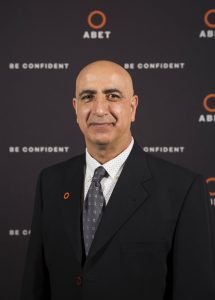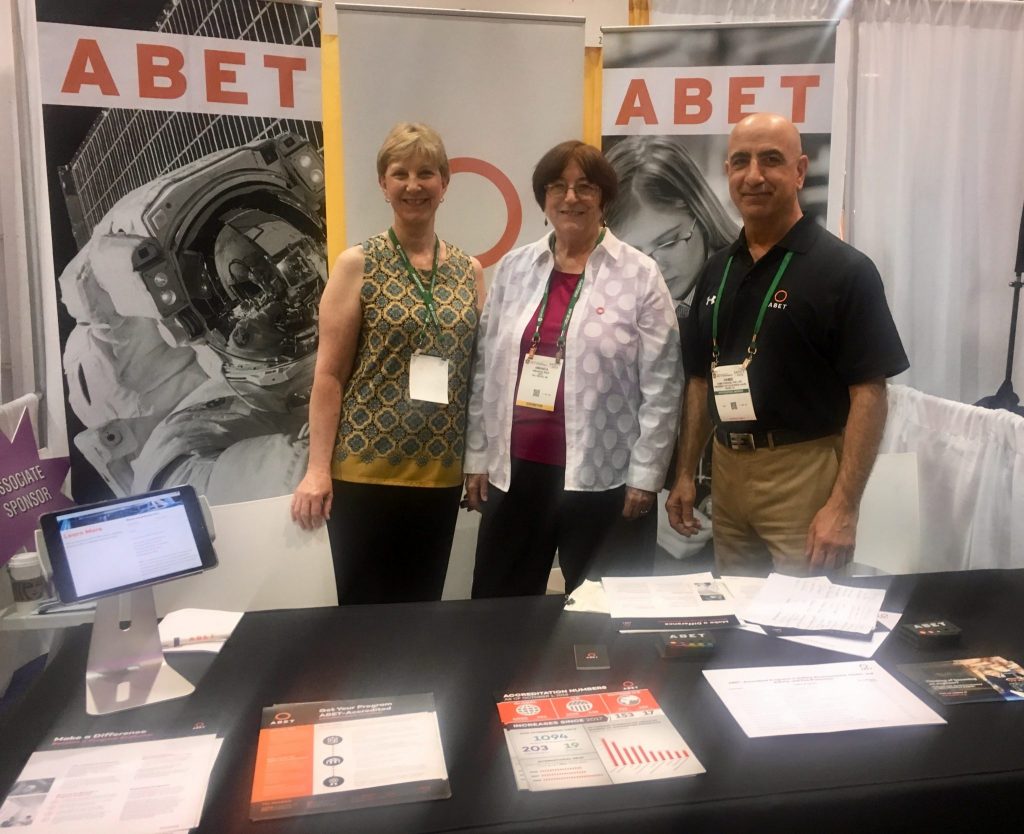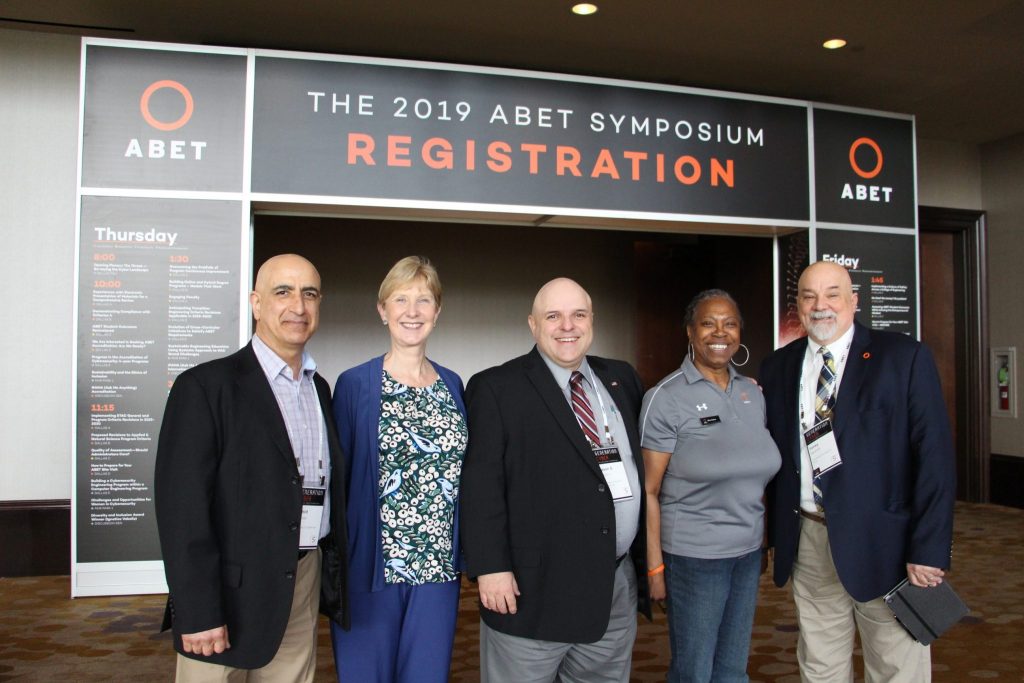Hamid Fonooni was first introduced to ergonomics as a doctoral candidate in Mechanical and Industrial Engineering at the University of Cincinnati. “I was a structural dynamics engineer, which basically seems that has nothing to do with ergonomics,” said Fonooni, who is now the only campus ergonomist at the University of California-Davis (UC Davis).

Discovering Ergonomics and a Way to Help Others
It was by chance he became an ergonomist, though he had been fascinated by machinery and equipment since he was a child. He was assigned to be a Graduate Teaching Assistant for a professor he describes as “one of the gurus in ergonomics.” Together, they conducted research and published academic papers and worked on several experiments. “I just fell in love with ergonomics because it had the human element in it. I could incorporate my design perspective to improve the efficiency of processes as well as the quality of life for employees,” Fonooni said.
As the Director of Ergonomics Program for Occupational Health Services at UC Davis, Fonooni works with around 400 campus Department Safety Coordinators to implement ergonomics concepts on campus. The job involves both proactive interventions and reactive treatment. The ideal situation is to prevent someone from having injuries on the job through preventative actions such as providing ergonomic equipment and universal design of work environment. If an injury occurs, employee who is hurt would be treated by Occupational Health Clinic’s physician.
“In the Occ Health Clinic here, our mission is to provide service to the university faculty and staff so they can conduct their teaching and research,” he said. “What we do is to ensure the staff and faculty are in a safe and healthy working environment. This is also in concert with other preventative measures such as mental and physical wellness and nutrition.”
Fonooni said occupational ergonomics not only involves those who work in an office, but also people working in food service, animal care, landscaping, facilities and just about any type of job on-campus that requires physical and mental activities.
“I feel so good to be in the profession that I am, because we are helping someone when we redesign their workstations or tools/equipment, whatever they do. When their discomfort is gone and they say, ‘thank you,’ that’s the best reward I can receive,” he said.

Defining the Profession
Before coming to UC Davis in 2016, Fonooni’s career spanned both academia and industry. Immediately following graduate school, he worked in industry for several years and then became the Director for the Master’s of Environmental Health and Safety program at the University of Minnesota-Duluth, where he spent about 11 years. More recently, he spent 10 years overseeing the master’s of science degree in Occupational Safety program (ABET-ANSAC accredited) at East Carolina University in Greenville, North Carolina.
Ergonomics is part of the larger area of occupational safety and health — a field that Fonooni has helped professionalize through his involvement with the American Society of Safety Professionals (ASSP), which was known as the American Society of Safety Engineers until a name change in 2018. The safety education emerged in the United States after the Occupational Safety and Health Administration (OSHA) was established in 1970, he explained.
According to Fonooni, early education focused on training OSHA compliance officers, but over the last several decades the field has evolved and expanded to include other stakeholders, such as insurance companies. “The safety field had never been defined as a profession,” Fonooni said. “A few of us from industry and academia decided to work together to collectively define the profession and its knowledge domain.”

Working through ASSP, Fonooni and his colleagues began to collaborate with ABET to define the competencies of the safety profession. He said the goal was, and still is, to raise the quality of education and “to make it a profession rather than being an occupation.”
Today, he said, occupational safety is rapidly growing as more and more companies are recognizing the value of investing in safety and health specialists, who are critical thinkers and problem solvers.
ASSP has also worked internationally through the International Network of Safety and Health Professional Organizations (INSHPO) to define competencies for safety professionals in countries such as Australia, Canada, Italy, New Zealand, Russia, Singapore, South Korea and the UK.
Applying the ABET Model
Fonooni first began to volunteer with ABET in 2005 as a Program Evaluator and is currently the Area Director for the Applied and Natural Science Area Delegation. He has taken what he’s learned from the ABET accreditation process and applied it to his own work at UC Davis.
In 2019, he served as the Chair of the Ergonomics Workgroup for the entire University of California (UC) system, which includes 18 different work sites. “I saw a lot of different ways that ergonomics programs are run at different campuses,” Fonooni said. “Everyone has their own niche and really good deliverables, but the success is not effectively shared.”

He proposed the UC adopt an ergonomics program evaluation process based on ABET’s accreditation model. The committee developed program criteria and put it forward to the central UC administration for approval.
Fonooni wanted to model the UC’s ergonomics program evaluation on ABET’s continuous improvement process because of its engagement with leadership and stakeholders. “Everyone who is somehow impacted or affected by the program is going to be a part of that,” he said, “It really closes the loop.”
Fonooni said his involvement with accreditation has led to valuable personal and professional relationships. “I feel so fortunate to be a part of ABET, not only from the quality of education standpoint, but also because I’ve been able to meet some really great individuals who have become lifelong friends.”